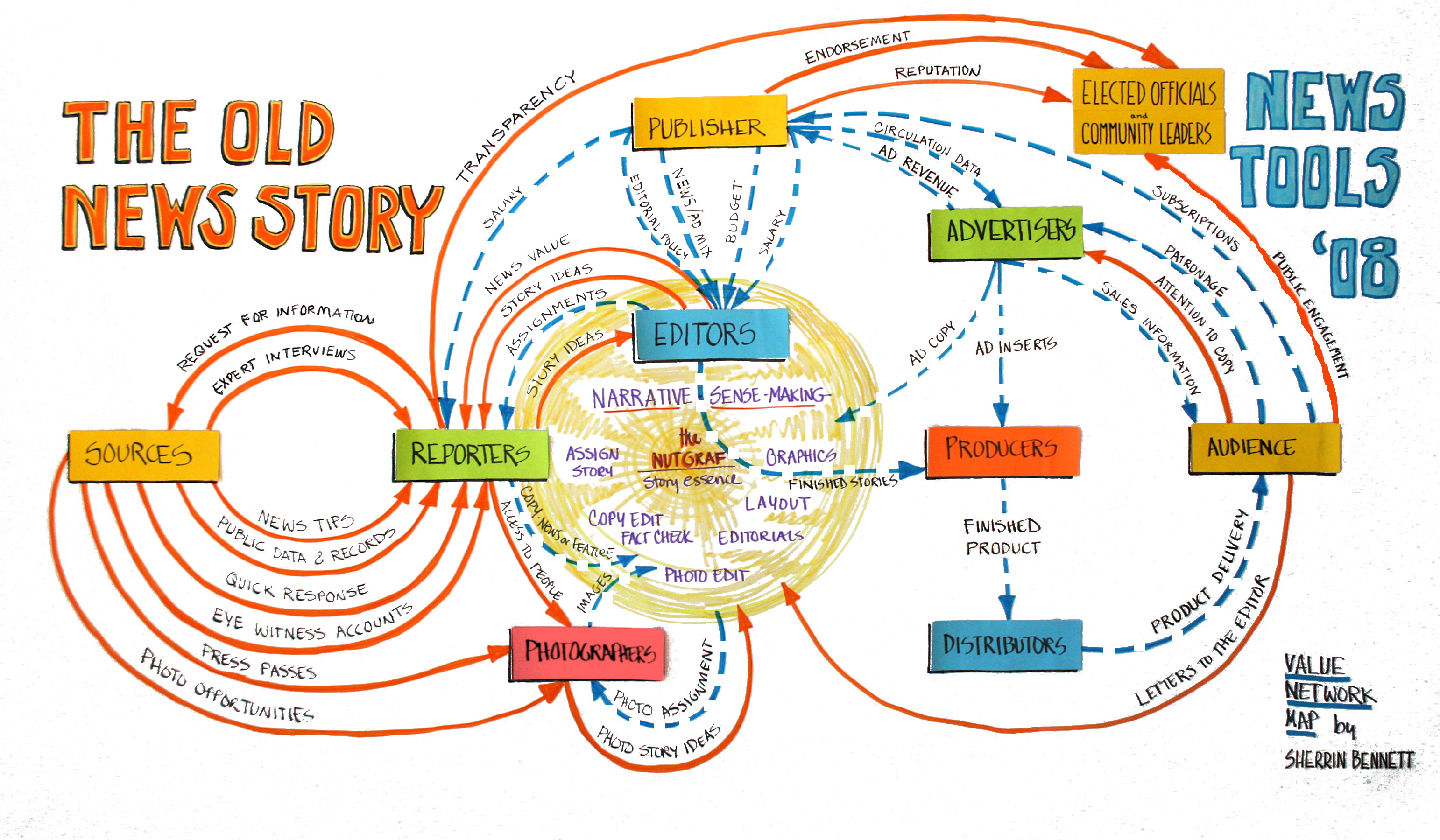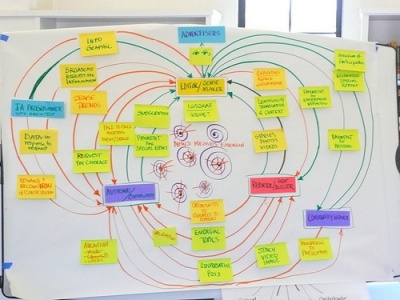Submitted by PeggyHolman on Thu, 05/22/2008 – 9:00am
As I reflected on Journalism that Matters-Silicon Valley,
it struck me that my favorite subject – the power of story to inspire
and engage, was a very quiet theme at this particular gathering. It got
me thinking about the need to say something about what is emerging is
this arena.
It began for me with three threads of the Journalism that Matters-Memphis session:
- Geneva Overholser, Hurley Chair in Public Affairs Reporting, University of Missouri, introduced herself saying:
“I had been depressed. A couple of years ago, I resolved
to find hope. When you open yourself to possibility you are willing to
experience stuff you haven’t experienced before.”
What a fabulous discovery: finding hope is a choice. Could Geneva’s comment be indicative of an emerging trend?
- Then I saw a quote from Martin Luther King, Jr. at the National Civil Rights Museum:
“But I know, somehow, that only when it is dark enough, can you see the stars. …”
What a profound insight when so much coverage is about the dark! Why not also look at the stars in the story?
- The capper was witnessing two veteran reporters interview the
mother of Josh Wolf — the video blogger who went to jail for refusing a
federal grand jury’s request to turn over video he shot of a burning
police car during last year’s G8 protest. The interview prompted me to
ask her a question that struck me as a way to see the stars:
“Given all you’ve experienced, what the best possible outcome you can imagine?”
I was stunned by her powerful and cogent response — that she hoped
Josh’s situation provided clarity about the application of first
amendment rights to emerging types of journalists — because it shifted
the interview’s tone from frustration and defeat to hope and
possibility.It made me wonder what would happen if the essential questions of journalism added something to
who? what? when? where? why? and how? — namely,
What’s possible now?
And then Stephen Silha and I interviewed Journalism that Matters alum Sarah Stuteville and one of her partners, Jessica Partnow about theCommon Language Project, a startup that took shape at Journalism that Matters-Kalamazoo. CLP puts a human face on international stories.
To my surprise, Jessica told us that asking “what’s possible now”
has become central to their style of reporting. Sarah then told us this
story:
The first time I used “what’s possible now” was reporting in little
Pakistan in Brooklyn. I was hearing about the experience of families of
deportations, mostly young men. I was talking to that community and to
the non-Pakistani community who had very different feelings. People
felt strongly on different sides of same issues. I think the first time
I asked “what’s possible now”, may have come out of frustration. It is
hard to have conversations and not get anywhere. I threw my hands up
and said ok, “what is your ideal solution?” And everything changed. (the interview)
Sarah then offered a second story:
We – Jessica and I – were in the Middle East, talking with a
Palestinian about frustrating, polarizing material. He kept repeating
the same ideas over and over so we asked that magic question: “given
what’s happening, what’s possible now?” It shifted the interview
completely, as our contact began envisioning the situation in a
completely new way. (the interview)
The stories we tell ourselves shape the way we see the world. And
that shapes our behavior. A trend towards asking “what’s possible now?”
follows the energy towards our hopes and aspirations. Sounds to me like
a trend worth amplifying!!!
A coda to this story: Josh Wolf attended NewsTools 2008. Here’s a video interview done by David Cohn during NewsTools. In a second interview, by From the Frontline, Josh describes an interesting idea for a live internet news network that harnesses live video broadcasting tools like Qik,Flixwagon and Ustream.tv coupled with the microblogging tool Twitter and Skype call ins.



